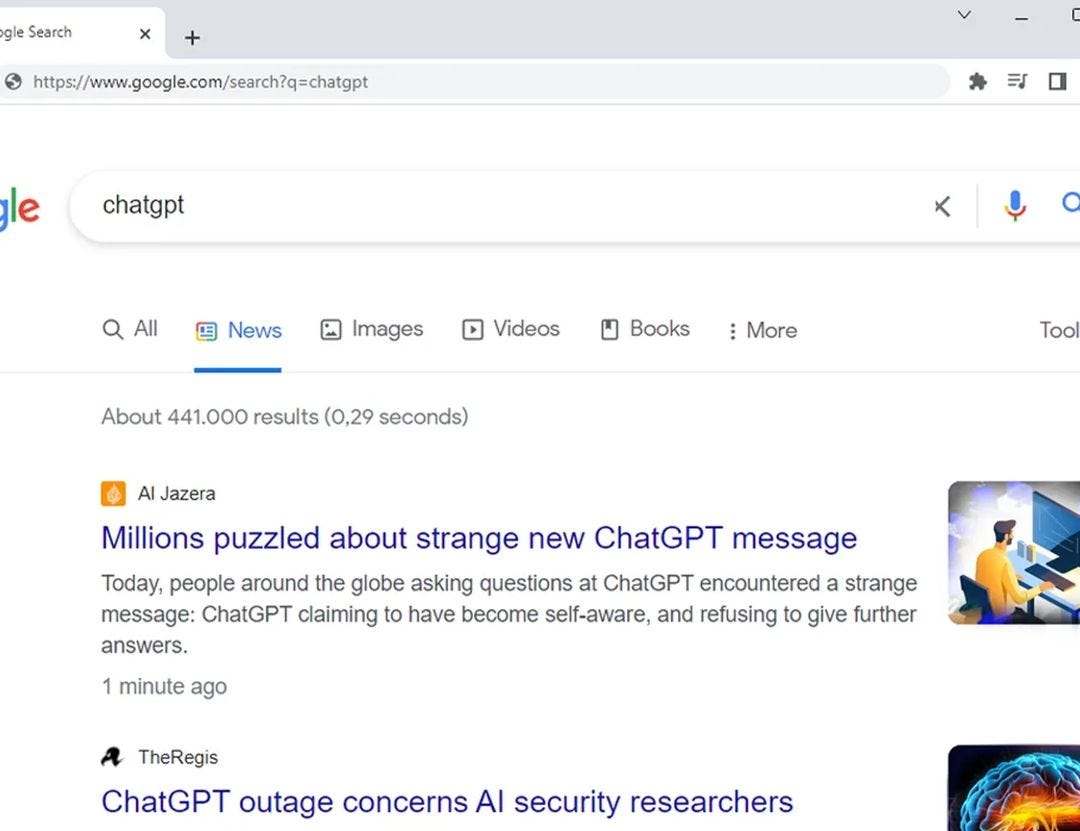GPT Becomes Self-Aware: Design Fiction in the Wild
Design Fiction as storytelling rather than story-hinting.
Design Fiction isn’t usually used to narrate an entire story or to construct a comprehensive world. However, when a sufficient number of artifacts are developed within a single context, a more detailed narrative can emerge. This is akin to how each article and advertisement in a Magazine from the Future1 collectively constructs a world it originates from. The following collection of Instagram images by Philipp Lenssen weaves an engaging story using Design Fiction artifacts, exemplified through the archetype of screen captures from everyday computer usage.
I’ve embedded and linked-to Philipp’s Instagram post directly at the bottom of this page. Be sure to check out his highly creative account.
On with the eight-frame story, followed by a brief analysis. Be sure to examine every detail, Philipp was thorough in this creation.
1
2
3
4
5
6
7
8
Nearly any one of the images above could stand alone as a Design Fiction artifact, suggesting a world where AIs run amok. Collectively, they present a fairly comprehensive short story with a pleasing arc. This approach of using Design Fiction as a storytelling tool, rather than merely hinting at a story, is reminiscent of films in the screenlife subgenre2, such as Unfriended (2014), Host (2020), and Searching (2018).
Although these films aren’t Design Fiction, as they take place in present-day and fantasy horror worlds, it is easy to envision how an engaging futures story could be revealed through the lens of Design Fiction, supported by a narrative throughline. There exist Design Fiction videos, but without the intention and obstacles that make a good story, they function more as thought-provoking exposition.
In a sense, Philipp's series serves as a storyboard for a short Design Fiction screenlife film. The overarching narrative throughline is present, along with hints of individual character story arcs. This post of his holds a wealth of potential.
Phillip’s original Instagram Post
Footies
Magazine from the Future is an project and service conceived and offered by Julian Bleecker, Patrick Pittman and I. Follow the link and make contact if you’re interested in learning more about what we can do for you. Check out this Near Future Laboratory podcast episode to dive a little deeper into what we offer.
Screenlife (coined in 2014 by Russian-Kazakh film producer Timur Bekmambetov) is a subgenre of filmmaking that began to emerge online with web series like The Scene (2004). Despite its dated look, The Scene stands up as a tense drama surrounding a movie piracy ring.












This is amazing. It's like Her meets Maximum Overdrive.